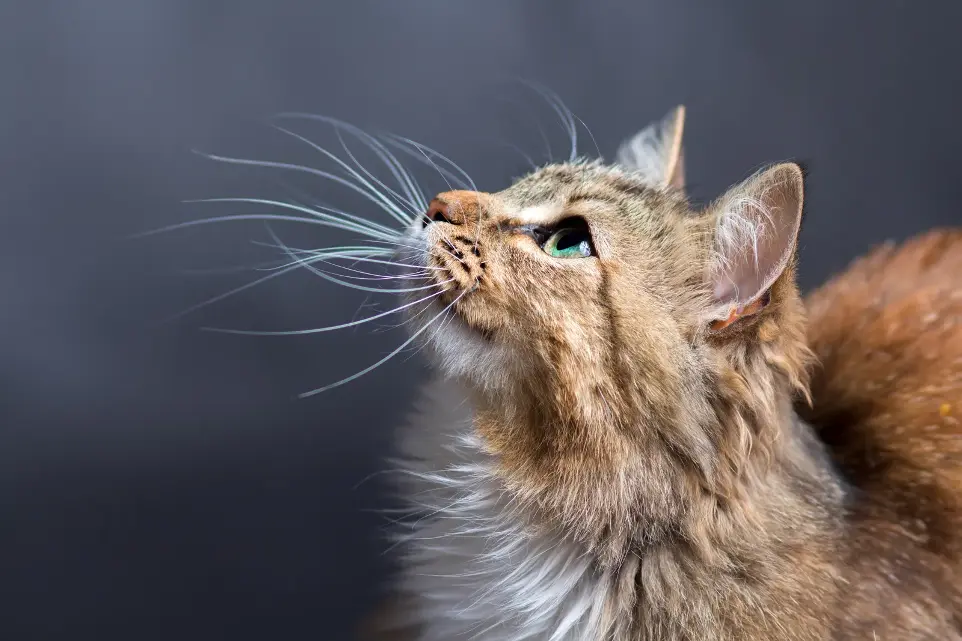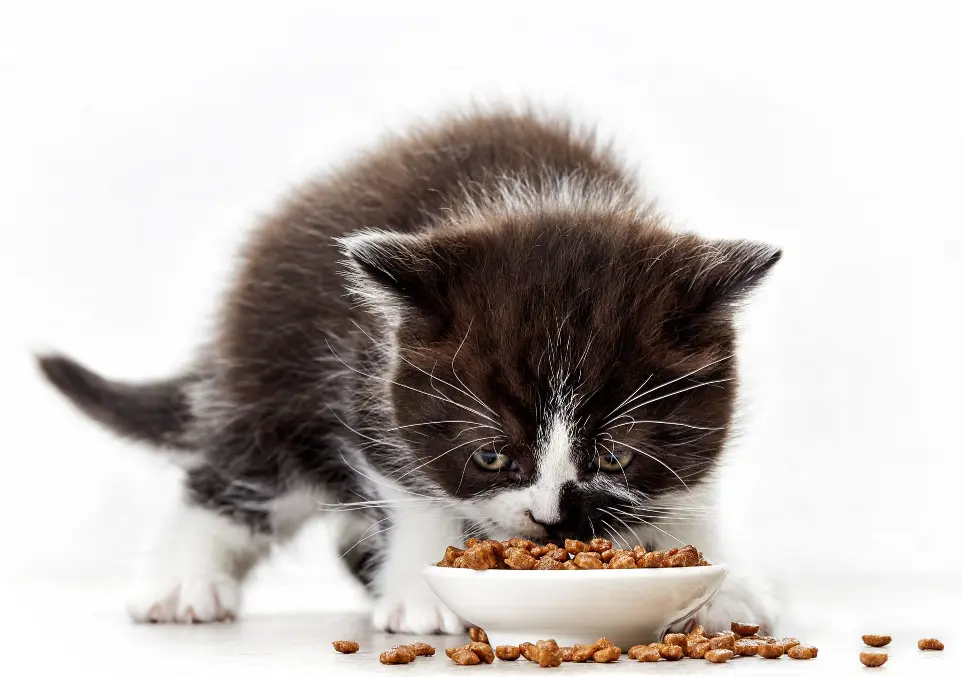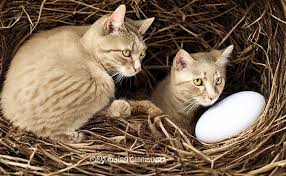Whiskers in the Wrong Place? Keep Cats Out of Your Critical Spaces!

Cats
Size & shape: Most urban-dwelling cats have a body length ranging from 9 to 11 inches, with an average weight of 6 to 10 pounds.
-
Felines typically have a slender, agile body with sharp retractable claws.
Cats possess pointed ears that move independently to capture sound, and their tails are long, helping them balance while climbing or making sudden movements.
- They often exhibit grooming habits, marking territory, and stalking movements, especially when hunting or exploring.

Feeding Preferences
Felines in bustling environments exhibit a diverse range of dietary habits influenced by the availability of resources. They often rely on small mammals like rodents and birds, playing a natural role in controlling their populations. However, in areas with frequent human activity, they are known to scavenge on leftover food, scraps, or improperly stored waste, making food preparation areas or garbage bins potential hotspots. They may also target insects or smaller creatures when other food sources are scarce. Access to dry or wet food provided by caretakers or residents is another common behavior, especially in places where they are semi-domesticated. Their adaptability in seeking nourishment highlights their resourcefulness and opportunistic feeding style in dynamic surroundings.

Habitat
Felines in metropolitan areas are highly adaptable, making use of a wide range of environments for shelter and activity. They are often found in quiet corners, such as under staircases, in basements, or within abandoned buildings, where they can avoid disturbance and stay hidden. Rooftops, gardens, and open spaces with vegetation also attract them, providing opportunities for exploration and hunting. In densely populated areas, they may inhabit alleys or make their homes near food establishments or waste disposal sites, where food and cover are readily available. They are adept at squeezing into tight spaces like drainage pipes, sheds, or storage areas, ensuring safety from predators and harsh weather. This flexibility in selecting living spaces showcases their ability to thrive in a variety of settings within bustling cityscapes.

UPM's AIR Approach for Cats:
- Assess: Inspect your property for signs of cat activity, such as tracks, droppings, and sightings. Focus on areas where food, water, or shelter may be attracting stray or feral cats. Assess the potential risks to your pets, property, and local wildlife.
- Implement: Use targeted control methods such as humane traps and deterrents like motion-activated sprinklers or ultrasonic devices to keep cats away from your property. Secure food sources by not leaving pet food outdoors and covering garbage bins. Consider working with local animal control or rescue organizations to manage feral cat populations through spaying and neutering programs.
- Review: Regularly monitor your property for signs of continued cat activity and adjust control methods as needed. Continue preventive measures such as keeping food sources secure, using deterrents, and working with local organizations to control the feral cat population to prevent future infestations.
Frequently Asked Questions
Cats can have a significant effect on small animal populations, including birds and rodents, through hunting activities.
Yes, using motion-activated sprinklers, ultrasonic repellents, or sealing off potential entry points can help.
Cats can carry parasites and diseases such as toxoplasmosis and fleas, which may spread to other animals or humans.
Food availability, accessible shelter, and a lack of natural predators often draw them to specific areas.
With proper introductions and monitoring, felines can generally coexist with other pets like dogs or smaller animals.
Yes, spaying or neutering programs and community feeding stations can help control their population and improve their health.
Regular inspections, waste management, and humane deterrents can prevent unwanted feline presence in business premises.